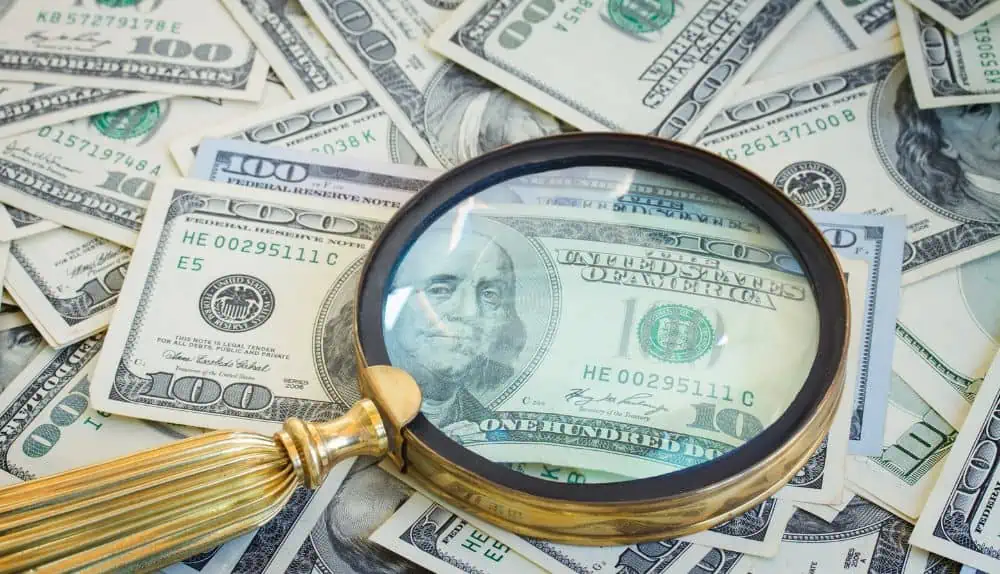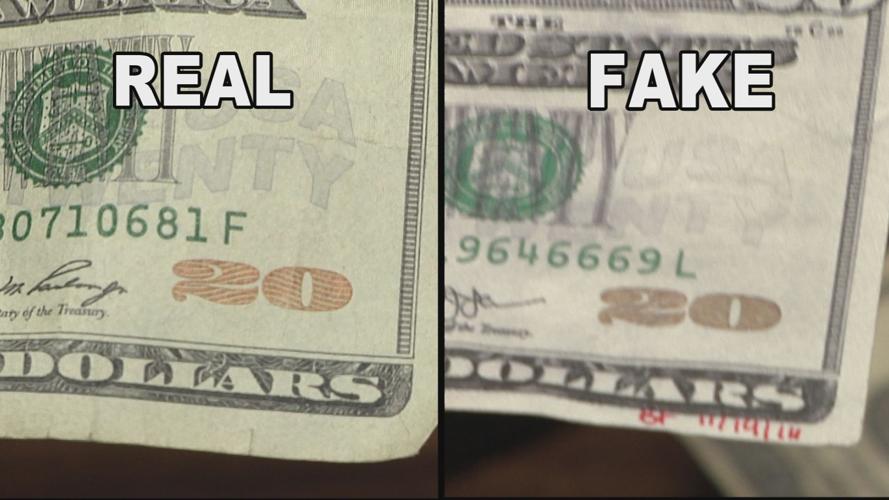Guaranteeing Authenticity: Your Guide to Buying Funny Money for Sale
Guaranteeing Authenticity: Your Guide to Buying Funny Money for Sale
Blog Article
Check Out usings Funny Money in Artistic Creations and Theatrical Performances
Funny money, often associated with deception and illegality, holds a strange attraction when it finds its method into the realm of creative productions and staged performances. Its background is packed with complicated narratives that have actually motivated musicians to include these replicas right into their jobs. From the visual arts to the remarkable phase, phony money has been utilized in appealing manner ins which test understandings and prompt thought. As we look into the complex uses funny money in these creative domains, we begin to uncover a world where credibility and imitation blur, triggering us to examine the very nature of value and depiction within art and performance.

Historical Importance of Funny Money in Art
The historical value of copyright money in art is a complicated and fascinating topic that clarifies the crossway of imagination, subversion, and socio-political discourse. Throughout history, musicians have actually utilized funny money as a device for tough social standards, examining the worth of currency, and making powerful declarations concerning wealth and power.
One of the most notable examples of copyright money in art days back to the Dada activity of the very early 20th century - copyright money for sale. Artists such as Marcel Duchamp and Hannah Höch included phony money into their jobs to criticize the capitalist system and explore the principle of value in a rapidly altering world
Additionally, during times of economic instability or political upheaval, copyright money has actually been utilized by musicians as a form of protest or rebellion. By producing and flowing phony money, musicians have had the ability to interfere with the status quo, challenge authority, and prompt vital discussions concerning the function of cash in culture.
Influence of copyright Money on Visual Arts
By incorporating phony cash right into their works, artists provoke discussions on the nature of value, credibility, and societal assumptions of riches. The use of copyright in art additionally raises honest factors to consider relating to the borders of artistic expression and the implications of reproducing lawful tender. In general, the impact of phony currency on aesthetic arts is diverse, boosting crucial reflections on the junction of money, art, and social values.
Symbolism and Definition in Theatrical copyright Displays
Making use of staged imitation displays, musicians utilize symbolic representations to share much deeper meanings and evoke provocative interpretations within the realm of performance art. Through the consolidation of fake cash in staged productions, designers can check out themes such as greed, power, corruption, and the illusion of wide range. Using phony money on phase can work as an allegory for social problems, economic variations, and the delicacy of financial systems.
In theatrical performances, the symbolic worth of copyright cash prolongs beyond its monetary worth. It can symbolize the misleading nature of appearances, the search of materialistic desires, and the effects of dishonest behavior. By utilizing funny money as a prop, musicians can test target markets to question the real significance of wide range and the moral borders that individuals might go across in its quest.
Moral Factors To Consider being used Phony Cash for Art

One major moral factor to consider is the possible legal consequences of making use of funny money in art. Counterfeiting currency is unlawful in most countries and can lead to severe consequences for musicians who purposefully integrate copyright expenses into their job. copyright money for sale. This not only places the artist in jeopardy yet additionally questions about promoting illegal tasks with art
In addition, there is an honest problem concerning the authenticity of the art work itself. Utilizing funny money blurs the line between truth and imitation, possibly deceiving visitors and jeopardizing the honesty of the artistic piece. Artists have visit this site right here to consider whether the use of funny money straightens with their worths and imaginative purposes, weighing the potential influence on their credibility and integrity.
Future Patterns in Funny Money Integration
Considering the advancing landscape of creative expression, the consolidation of funny money in creative jobs might witness a change towards innovative and provocative opportunities. As musicians remain to push limits and check out brand-new mediums, copyright look at this website money could progressively be utilized to challenge societal norms, question the worth of money, or make powerful statements concerning wealth and consumerism.
One future fad in phony cash assimilation can be its usage in immersive art installations where audiences are urged to engage with the pieces, obscuring the lines in between truth and illusion. In addition, improvements in modern technology may result in the creation of hyper-realistic funny money that is basically tantamount from real money, opening up possibilities for also more intricate and detailed art work.
Additionally, cooperations between counterfeiters and artists might cause distinct items that integrate typical creative methods with the workmanship of producing funny money. Ethical factors to consider surrounding the legitimacy and morality of utilizing phony money in art will continue to be a factor of opinion as these future patterns unravel.
Final Thought
In final thought, the uses of imitation cash in artistic productions and staged performances have a long background and proceed to be a source of ideas for artists. The combination of imitation money in art is most likely to continue advancing in the future.
In general, the effect of phony currency on visual arts is diverse, stimulating critical representations on the crossway of cash, art, and societal worths.

In verdict, the uses of imitation money in artistic productions and theatrical performances have a lengthy history and proceed to be a resource of ideas for artists. Get the facts Moral considerations have to be taken right into account when using copyright cash for imaginative objectives. The assimilation of copyright in art is likely to proceed developing in the future.
Report this page